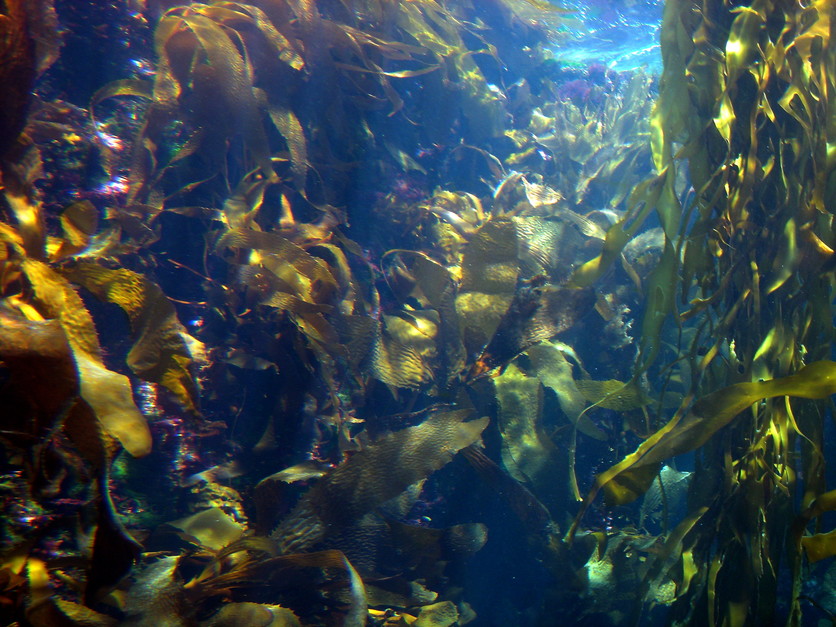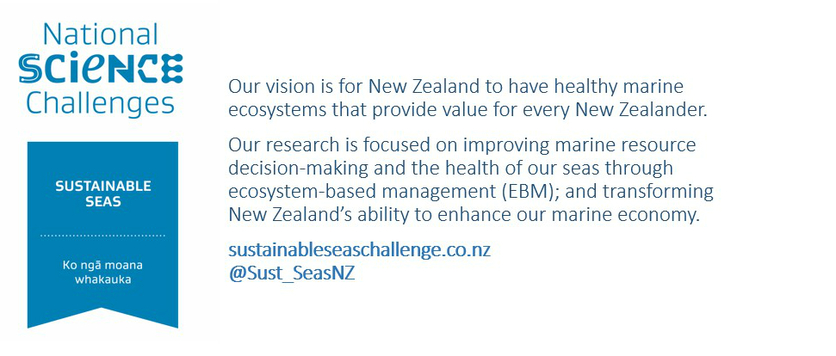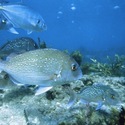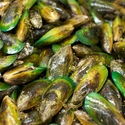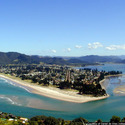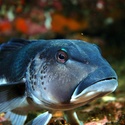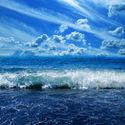The seas surrounding New Zealand are complex. They are a connected and dynamic mix of chemical, physical and biological processes.
The sheer size of the ocean and the complexity of interactions mean there is a lot we don’t know about marine environments. New Zealanders depend on and value the sea for kaimoana, aquaculture and fisheries, tourism, transport, recreation and spiritual wellbeing. The ocean is an integral part of who we are as a nation, and the preservation of marine environments is of high value to us.
The Sustainable Seas National Science Challenge was set up to increase our knowledge about the complex marine ecosystems that exist in our enormous exclusive economic zone. It is tasked with helping New Zealand enhance the value of our marine resources while ensuring they are safeguarded for future generations.
The seascape – varied, vast and connected
New Zealand’s marine environments are incredibly diverse. They range from coastal waters like estuaries and sandy and rocky shores to deep fjords and offshore canyons. Each environment has unique habitats due to physical factors like topography, sediment and light. These habitats are not discrete – they are connected by the biological and chemical flow of organic matter, nutrients and contaminants transported by currents and through food webs.
Marine habitats and ecosystems also have connections with the land. Coastal and estuarine ecosystems are typically nutrient-rich and highly productive areas due to their proximity to land. Organic matter and nutrients are carried from the land to the sea by rivers and groundwater. This fuels local food webs, which in turn fuels ecologically connected food webs further from the coast.
Marine ecosystems are dynamic by nature. They can be reasonably stable, with small changes due to seasonal variations. However, natural events and human activities can alter marine habitats and ecosystems.
Dynamic Seas – understanding critical connections
Dynamic Seas is one of seven research themes that make up the Sustainable Seas National Science Challenge. Two key research areas are ecosystem connectivity and tipping points. This ecological research will help the Challenge develop ecosystem-based management (EBM) for New Zealand.
Connectivity plays a big role in Dynamic Seas. Not only is it crucial to know how organisms and materials are connected in and between ecosystems, but the research from the various projects is also interlinked – findings from one project will inform the others.
Ecosystem connectivity
Ecosystem interactions can be very complex. Something that affects one aspect of the ecosystem can, in turn, affect other aspects. Sustainable Seas scientists are tracing the paths of organic matter, nutrients, metals and contaminants as they move from the land through coastal food webs and into deep-sea habitats. To do this, they are using forensic chemistry.
Filter-feeding bivalves like mussels bioaccumulate toxic metals and organic contaminants. Their shells provide a record of physical and chemical conditions. Species of coastal fish like blue cod and sea perch move between the coast and deep-sea habitats. They, too, can be indicators of the accumulation and movement of toxins and pollutants among various marine communities.
Stressors and tipping points
Information about ecosystem connectivity will help researchers learn more about marine stressors and tipping points. Contaminants, nutrients and sediments stress marine ecosystems. Technology including ocean gliders and drifters gather observational data, used to predict where materials from land and marine-based activities are transported by coastal currents.
Stressors can build up and lead to a tipping point – the point at which an ecosystem loses its capacity to cope with change. Tipping points are rapid transformations in how ecosystems function and generally result in an ecosystem moving from something of value to one less valued. At the moment, New Zealand is managing its marine resources at limits set by a single stressor in isolation such as sediment loading. This puts the resiliency of an ecosystem to cope with change at risk when affected by additional stressors such as harvesting or climate change.
Making wise choices
There are many demands on and uses of New Zealand’s marine environment. Balancing these competing demands is a challenging task. Projects within the Dynamic Seas programme aim to gather empirical evidence to better inform the decisions we make about how to use and protect our precious resources
Nature of science
Science research helps to inform local and central government policy. The Sustainable Seas National Science Challenge is gathering observational data on marine stressors like sediment and nutrients, but it is up to local and central governments and other interested parties to implement any changes needed to act on these stressors.
National Science Challenges update
The 11 National Science Challenges were established in 2014 and finished in June 2024. As the Sustainable Seas Challenge drew to a close, the team focused on synthesising nearly a decade’s worth of research results, guidance and tools in a new website – Tohorā. The project’s original website will remain available until June 2029 and research is available via Figshare.
Sustainable Seas collection
See the range of content that we have developed using resources from the Sustainable Seas National Science Challenge in this handy collection. Learn how to create, use and share collections here.
Useful link
Acknowledgement
This article has been developed using resources from the Sustainable Seas National Science Challenge.
